Shooting History-Winchester 1873-Old Gun Review
Shooting History is our continuing series where we take some old guns, shoot them and write them up like they were a new review gun. The round counts are a bit lower as these old guns have already done that part. Check out our past articles in this series if you have missed them here. If there is a gun (or guns) you would like to see covered in this series be sure to comment below and we will do our best to get a “shooter.”
1873 Winchester
1873 was a big year in the firearms world. Colt’s new single action was adopted by the Army and Winchester came out with their best lever action to date. Originally chambered in .44 W.C.F., aka 44-40, the 1873 Winchester was the most powerful of the lever guns when it was introduced. This was a huge step forward from the rimfire .44 caliber used in the Henry and earlier Winchester rifles. It could be said that the 1873 is the rifle that “made” Winchester.From 1873 until 1919 Winchester made over 720,000 of the 1873. They came in 3 major different configurations and barrel lengths: 24 inch rifle, 20 inch carbine and 30 inch barreled musket. There were other barrel lengths offered as custom orders. Round and octagon barrels were also available. The 1873 was primarily chambered in 44-40, 38-40 and 32-20. There were also a few that were made in .22 long and short.
Design
The roots of the 1873 design can be traced back to the Volcanic Arms rifles and pistols. The next step was the 1860 Henry Rifle. This is the first to use what is called the toggle link action, more on it later. The 1866 Winchester brought the side loading gate under Kings Patent that we all recognize on the side of a Winchester. But those were made from the bronze/brass frame like the Henry. It is the 1873 that first used an iron, and later steel, frame. This made a stronger and lighter rifle.The toggle link action is the heart of the 1873. It is simple, reliable, smooth and fast. There is a reason that a huge majority of the Cowboy Action shooters use a ’73 for competition. It is all about the smooth and fast. The newer Winchester designs are a lot stronger but they don’t have the super slick feel to them. See the pictures to see how the action moves.
This is the basic function of the action:
There is one thing that will lock up an 1873. The action depends on
the overall case length of the cartridge. Too short of a cartridge and
the next one in the magazine will block the lifter from raising. Too
long and the cartridge that is being loaded will hang up on the frame.
That is the reason 44-40, 38-40 and 32-20 have the same length. The .22
versions used a smaller lifter block.- Lever moved forward pulls the bolt back and cocks hammer
- A new cartridge is pushed out of the magazine tube into the lifter
- Lever all the way forward raised the lifter to aline the cartridge with the barrel
- Lever pulled back moves the bolt forward pushing the cartridge into the chamber
- Lifter falls when lever is all the way back
This Old Gun
The review gun was made in 1903. Even though there were new and stronger Winchester designs being made, the 1873 remained popular. One of the main reasons was the price. In 1900 you could buy a new ’73 for around $12. The ’94 sold for about $17 for comparison. The review gun and two boxes of ammo was bought with a barrel of sorghum molasses. I know this because it was my great-great grandfathers rifle. I also still take it out of the safe every other year or so to go hunting on land he owned.This one is a rifle and has a 24 inch barrel. It holds 15 rounds in the tube magazine. Most of the original bluing is long gone, with just a little showing in a few places. It has some nicks, dents and bruises. Someone in my family refinished the stock and forearm at some point. This is not in a highly collectable or valuable condition. But it is worth more to me than anything else in my safe.
38-40
This 1873 is in 38 WCF or 38-40 which was the 2nd most popular cambering for the 1873 next to 44-40. The 38-40 is an interesting cartridge. It is not a .38 caliber that a lot of people assume it is. It is actually a .40 caliber. This was originally a black powder load. But there have been smokeless loads available not long after smokeless powder was first offered. Most commercially available 38-40 loads, in the past and present, have a 180 grain bullet that moves around 1,200 fps out of a rifle length barrel. There is another round that reminds me of. A .40 caliber 180 grain bullet at 1,200 fps… yep, you could think of the .40 S&W as the auto loading version of this almost 140 year old cartridge. In theory, it would be possible to also push the 38-40 up into the 10mm range. There is plenty of room in the case to do that. Of course these old Winchesters were not made to handle anywhere near those pressures. Ruger chambers a Blackhawk or a Vaquero in 38-40 from time to time and those would be the best candidates for doing that. This all assumes that the brass could take the pressure. I for sure wouldn’t try it, but like I said, it could be done and I am sure someone has tried it.There is also some variation in the cartridge case sizes. SAAMI didn’t exist back in 1879 when the 38-40 was designed. Take a look at the pictures to see two different ones. I have some old Winchesters that have a lower and sharper angled shoulder than most of the modern cases that are available. My 73 will chamber and fire both of them without issue but I have heard about some modern reproduction, especially Colt Single Action clones, that the new bass will not fit.
Shooting
This old rifle still shoots great. I put 50 rounds through it for this review and never had an issue. Over the years I have probably put another 100-150 through it with the same results. These guns simply work. Shooting was done from 50 yards and the groups were consistently a little over an inch with one pushing 2 inches. These were all shot with the Ultramax ammo. I am sure if I took the time to work up a load and experiment with different bullets the groups could be tightened up a bit. But this is not a sub MOA rifle or cartridge. Good enough for a 50-100 yard deer rifle. Kind of like a pistol caliber rifle. Which is exactly what the 1873 is.Relevant?
I have been ending the Shooting History series by asking if the firearm in question are still relevant today. If you are a Cowboy Action shooter the 1873 Winchester is very relevant. There is a reason it is the most common style of rifle used at SASS matches. The action on a ’73 is flat out awesome. Not the strongest by a long shot, be easily the smoothest and fastest. Is it relevant as a hunting rifle? Well, it will work. But there are better choices out there. A Model 94 Winchester in 30-30 will do a better job and is still a 19th century designed lever action.Winchester is still making these. Well, I should say there are new production 1873s with the Winchester name on them. They are being made by Miroku in Japan. You can check out our full review of the new one here.
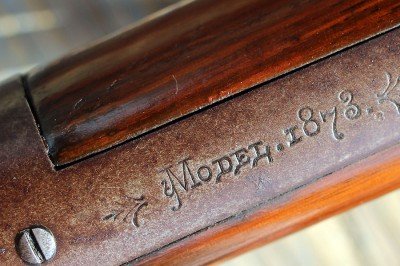
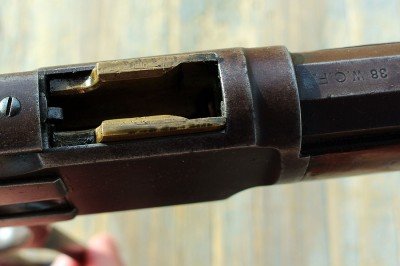
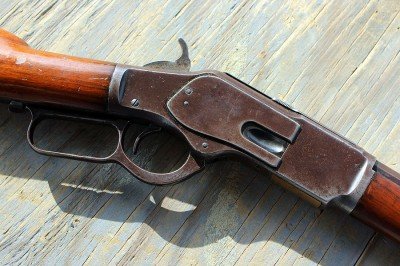
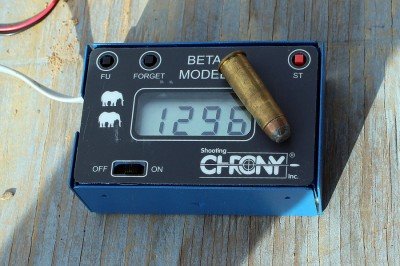

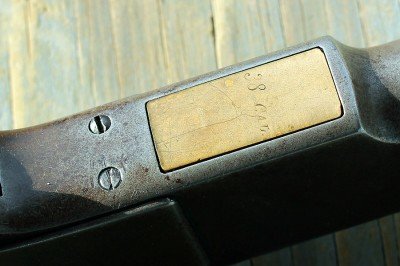

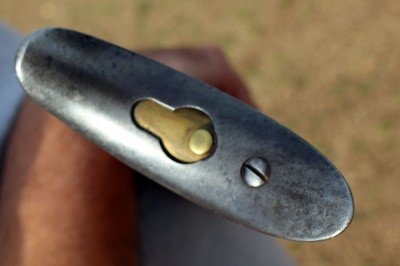
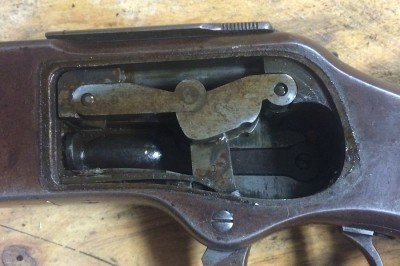
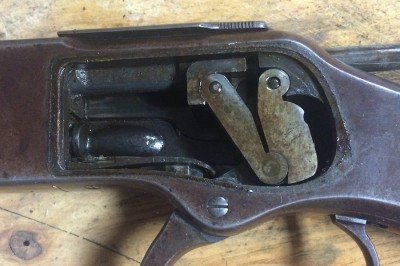
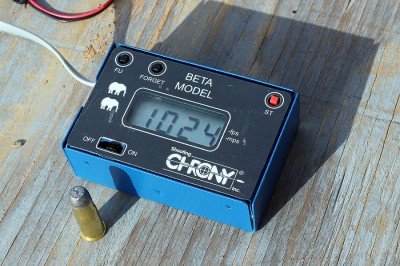
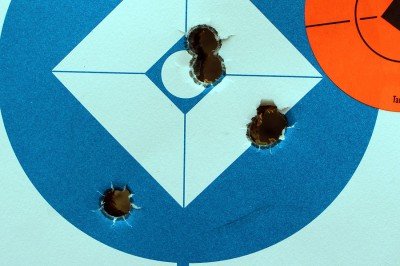
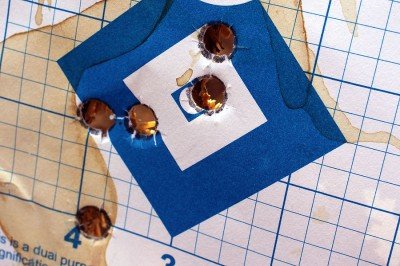
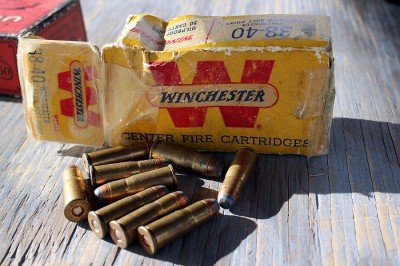
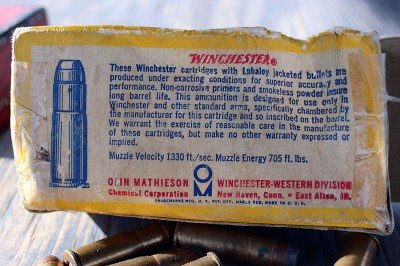
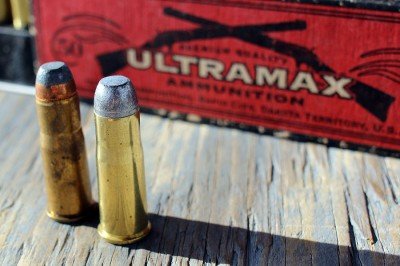
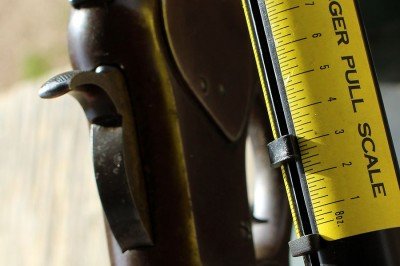
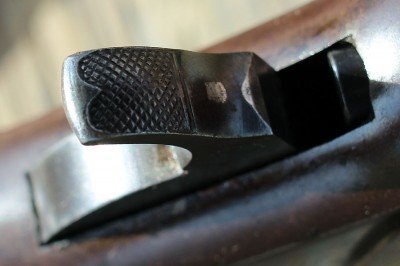
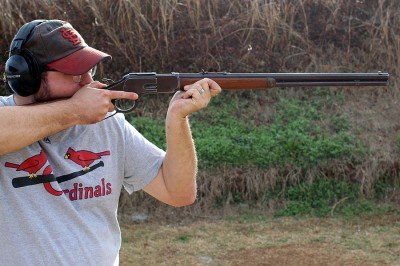
No comments:
Post a Comment